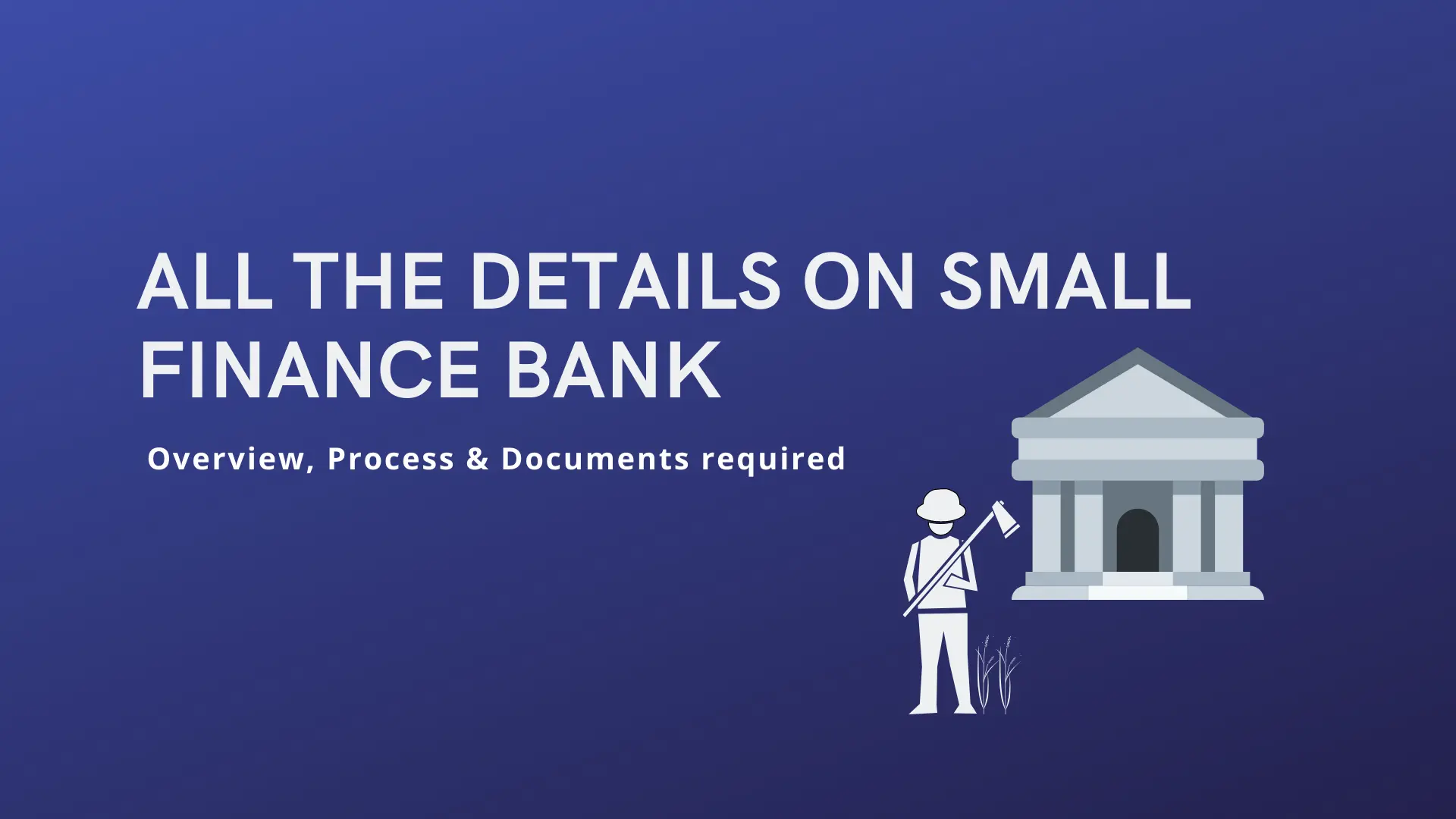

Writing a Good Compare and Contrast Essay
In such a task, the instructors will look for the student's general writing ability as well as their ability to organize their thoughts and ideas to make a persuasive argument. This organization of thoughts begins before writing the essay by brainstorming on the topics of the essay and can be demonstrated with a clear and detailed input phrase.

Different formulations
One of the first points that must be addressed at the time of writing a Comparison and Contrast Essay should be the choice of the elements that will be compared and contrasted during the development of the text. Once completed with this step, the author must choose what will be the relationship that will stand out for the formulation of his argument. According to the different sources on this aspect, basically, three possible types of relationship between the objects to be compared are considered. Below, a detailed description of these:
In the first place, being also the most used relation, the author can choose two elements that belong to the same category, but that have different shades in their confirmation. An example of this may be, for example, an essay to look at the macaws in freedom compared to macaws bred in captivity. In this way, their points in common will be highlighted, highlighting their differences, in order to opt for one or the other when establishing the argument.
On the other hand, you can choose -for the sake of building an intelligent and showy essay- by choosing elements that belong to apparently different categories, but that they keep a similar relation, that serves to compare both entities positively which is surprising to the readers. For example, dolphins can be compared to humans. The first are aquatic animals, while humans are terrestrial, however, the two elements are mammals with the ability to develop and understand a language, even if it happens in different proportions. However, in this case, two apparently disparate elements are chosen, because of the relationship between animals and humans, but the point where they converge is finally highlighted, in order to be able to create an argument that responds to the author's interest.
Finally, the author of a Comparison and Contrast Essay can choose two elements that appear to be similar but demonstrate their clear differences during the development of the essay. For example, you can choose for example the book of The Angles and The Demons as well as the film based on the book, in order to highlight their clear differences.
Structure of the Comparison and Contrast Essay
With respect to the way of structuring this type of essay, once the elements to be compared have been chosen, as well as the relationships made based on this process, the author can choose the basic structure of five paragraphs, in which each one complies with the function to contain a part of the essay. Next, a description of the nature of each of the parts in which the structure of essay can be divided:
Introduction
This part will be addressed in the first paragraph. In these lines, the author will comment on his intentions, as well as the elements that he will proceed to compare and contrast, without making explicit reference to the relationship he will establish between the entities to be compared, in order to really surprise the reader.
Select a theme for your comparison and contrast essay - The statement The first line of your comparison and contrast essay will be a thesis statement that exposes the argument you are going to make for your document. Your thesis statement has to be as specific as possible about the two topics and the conclusion of the document will focus on comparing and contrasting them. Affirm the two topics that you are going to compare and contrast, what links them and your conclusion about which is better, stronger, more important or if it somehow makes it uniquely positive or negatively compared to the other. Unless your instructor has assigned you a specific theme for your essay, you will have to choose what you are going to compare and contrast. It is better to choose two themes that have some similarities, but that also have many differences. For example, you may want to compare two different countries, two types of music or two different actresses, but you will have more difficulty writing an essay if you try to compare a type of music with an actress.
Development
Subsequently, the following three paragraphs will be used to establish the different comparisons and contrasts. In the second paragraph (first of the development) can be devoted to the presentation of each of the elements to be addressed, describing its first features. In the third paragraph (second of the development) the author can begin by addressing the similarities and differences that arise between the two entities chosen. Finally, in the fourth paragraph of the text, the author should reveal the argument made based on the comparison and contrast relationships that he has developed throughout the essay.
Determine the similarities and differences between your two themes - An easy way to do this is to create a Venn diagram. This can be done by drawing two circles that are superimposed on a piece of paper. Name each circle with your chosen themes. In the central section where the circles overlap, write the things that have the themes in common. In each section that does not overlap write the traits that are unique to that topic.
Select in what similarities and differences you will focus on - Depending on the number of similarities and differences you could get and the length of the document, you probably have more similarities and differences than you can write. Focus on a few similarities and differences in your document. Choose those that are most relevant to the course or task and those that help you make a persuasive argument.
Conclusion
Finally, in the last paragraph, the author should make a brief summary of the main ideas addressed during the development of the Essay, as a prelude to the presentation of his argument and conclusions, which should basically be the reaffirmation of his initial hypothesis.







